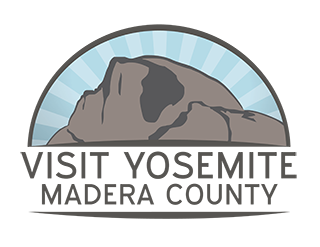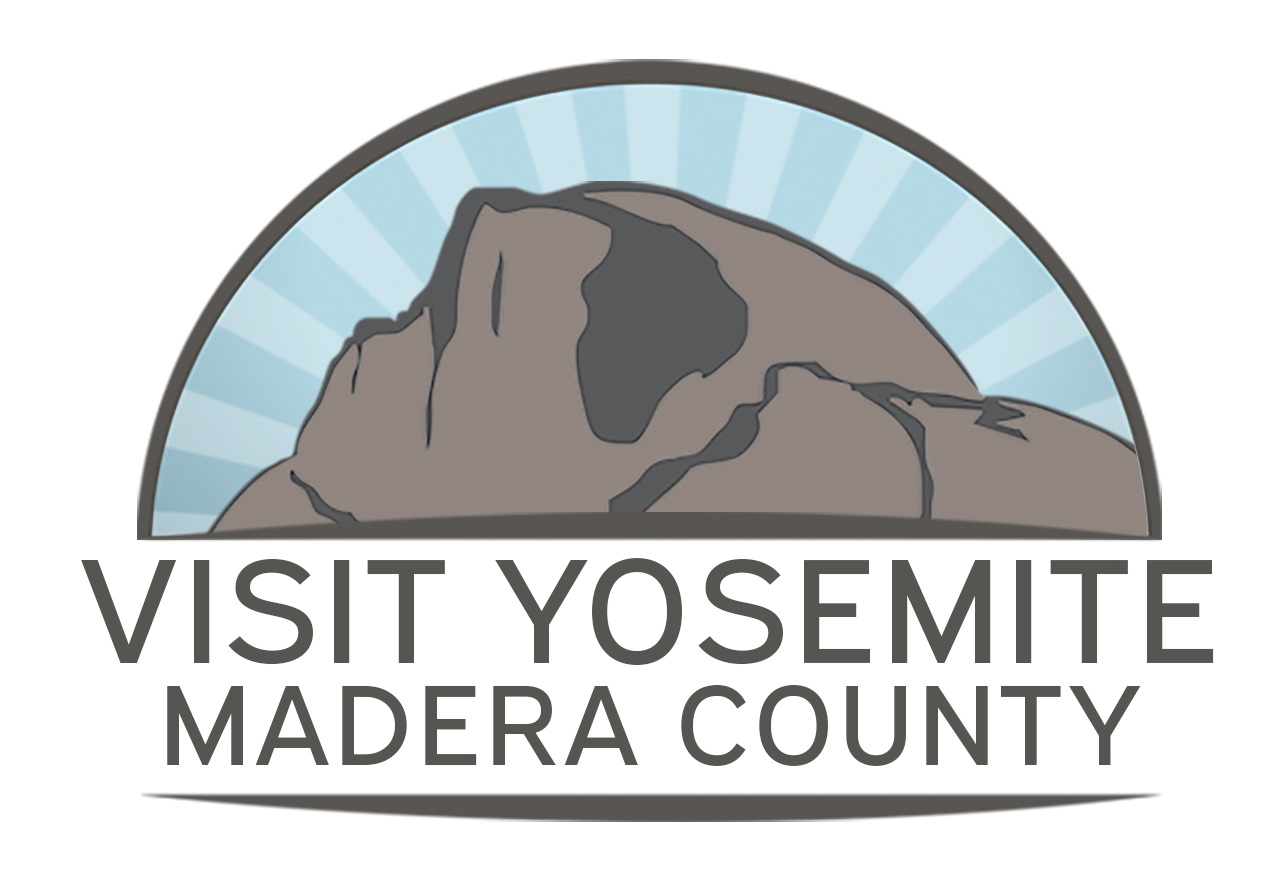Driving Conditions and Winter Travel in the Yosemite Region
Snowflakes are beginning their annual dance from the skies above to restore Yosemite's waterfall sources of water. Animals have grown their thick furry coats. Crowds have reduced to a trickle. Summer might be a popular time to visit, but winter has its own natural events that are a must see. Here’s what to expect when traveling to Yosemite in the winter.
It’s All About Elevation

Where Does It Snow
Nearly 70 percent of the precipitation happens from November through March and lot of this comes as snow in the higher elevations. On occasion, you may see snowfall down to elevations as low as 4,000’ such as Yosemite Valley, but typically it melts away in a few days. Most of the heavy snowfall occurs in the higher elevations of the park, generally above 6,000 feet.
 Yosemite Conservancy webcam atop Sentinel Dome. It sits at approx. 8000 ft of elevation and looks eastward toward Half Dome and Yosemite's High Country.
Yosemite Conservancy webcam atop Sentinel Dome. It sits at approx. 8000 ft of elevation and looks eastward toward Half Dome and Yosemite's High Country.
When Does Snow Fall?
Similar to a dimmer switch, the first storms are usually light and arrive in September or even October. Normally these come as snow in the higher elevations but melt away fairly quickly. As the days get shorter, the intensity of weather systems begins to pick up. Around November, the snows begin to accumulate above 6,000’. Just like the beginning of the snowy season in spring, the storms begin to slow down after March with a few possible in April and sometimes into May.
How Does The Snow Arrive
One of the more unique meteorological phenomena is HOW Yosemite receives its snow. Instead of days of continuous snowfall that slowly pile up, California snow comes in massive dumps as weather systems bring significant moisture into the region that has gathered up from Pacific Ocean. These stormy periods usually last for a few days up to a week. In between each of these events, you’ll find weeks or longer of tranquil sunny weather.
 GOES Satellite Imagery of Winter Storm System on the West Coast/Courtesy NASA/NOAA
GOES Satellite Imagery of Winter Storm System on the West Coast/Courtesy NASA/NOAA
Be Prepared

Another option is to visit the Yosemite NPS website winter page for the alerts on road closures and what to expect (note - the most up-to-date information will be obtained by the phone number).
For the roads outside of Yosemite, Caltrans is your best resource and they have a handful of resources you can turn to:
- Phone - (800) 427-7623
- Website - roads.dot.ca.gov
- Quickmap appllication - quickmap.dot.ca.gov
Note - if using Quickmap, make sure to select the specific settings for the types of notifications you want to see under the Road Conditions menu.

What To Wear

Let's also talk about traction. Snow and ice can persist in the shaded areas of many trails. We highly recommend carrying a pair of "chains for your feet", like YakTrax, just in case.
For Snow Lovers
 Photo by: Local Freshies
Photo by: Local Freshies
If you want to play in the white stuff or try a snow activity like cross country skiing or snowshoeing, you’ll want to head up to the higher elevations. Although most of the high roads aren’t plowed, the lower section of Glacier Point Road is up to the Badger Pass Ski Area. From here, you can throw on a pair of Nordic skis or snowshoes.
A Great Time To Visit The Lower Elevations
 Hetch Hetchy in March - Photo by: Steve Montalto
Hetch Hetchy in March - Photo by: Steve Montalto
Now that you have a handle of what to expect when visiting Yosemite, you’re ready to start exploring. If you need a bigger nudge to visit Yosemite in the colder months, be sure to read our article: Three Reasons To Choose Winter In Yosemite And It’s Southern Gateway.
______________________________________________________________________________________
Like what you see? Save any of these pins (or possibly all of them) to your travel planning board(s) to give you an easy way to find your way back here! Also check out our other blog posts as well as itineraries for more ideas and pins!
About The Author:
Alex founded localfreshies.com® in 2014 to be the #1 website providing the “local scoop” on where to eat, drink & play in mountain towns throughout North America. When he’s not writing and executing marketing strategies for small businesses & agencies, he’s in search of the deepest snow in the winter and tackiest dirt in the summer.







 Alex Silgalis
Alex Silgalis


